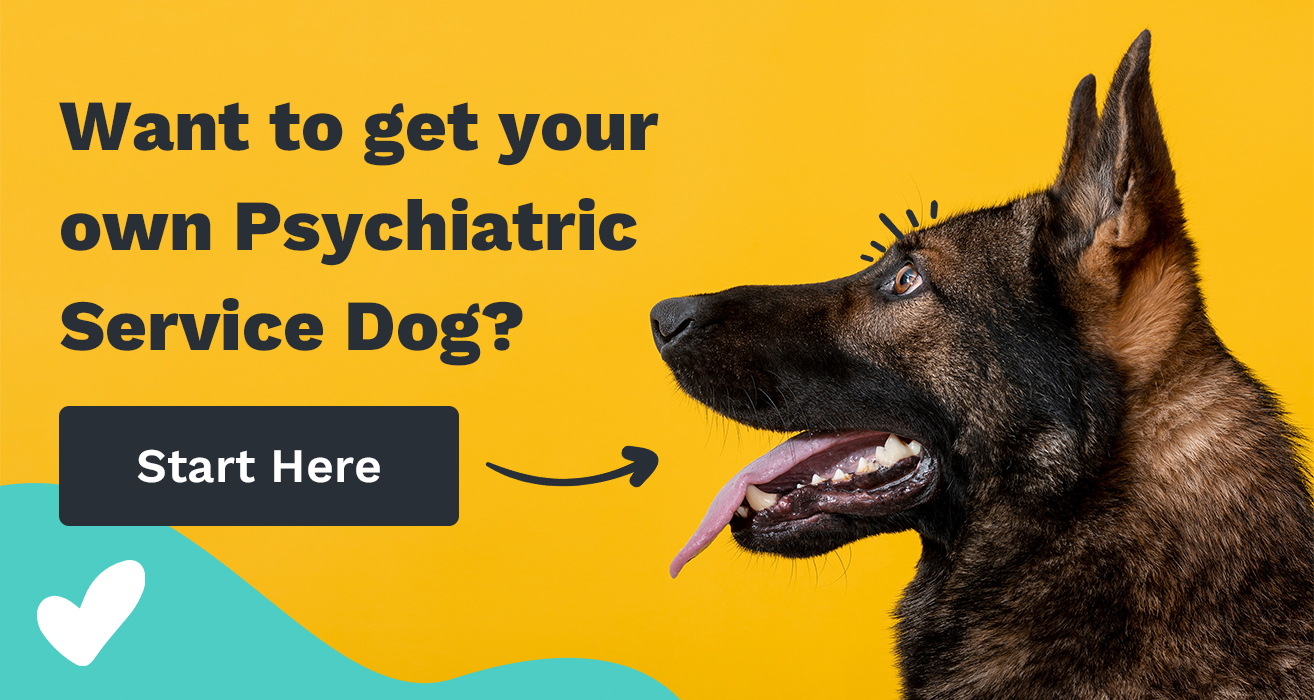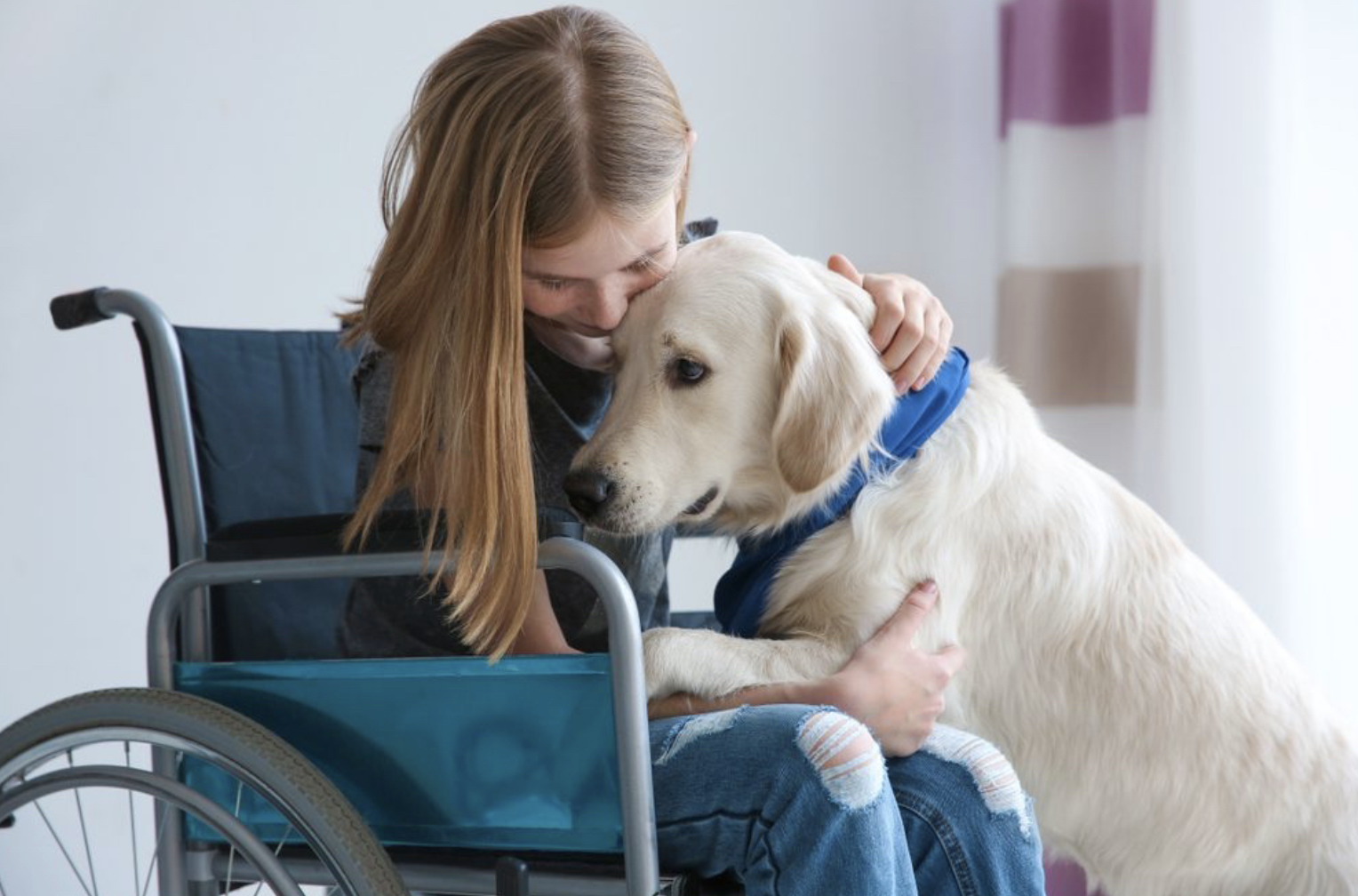Assistance dogs play an invaluable role in the lives of individuals with disabilities, offering companionship, independence, and support in everyday tasks. However, the cost associated with obtaining an assistance dog can be prohibitive for many people. In this comprehensive guide, we'll explore various avenues for acquiring an assistance dog without breaking the bank. From financial assistance programs to training resources and legal considerations, we'll cover everything you need to know to make your dream of having an assistance dog a reality, regardless of your financial situation.
Understanding Assistance Dog Options
Before delving into the process of obtaining an assistance dog, it's essential to understand the different types available and the legal distinctions associated with each.
Assistance dogs are specially trained to perform tasks that mitigate the effects of a person's disability. Assistance dogs, including psychiatric assistance dogs, are protected by the Equality Act 2010 and have legal rights. Psychiatric assistance dogs are specifically trained to help individuals with mental illnesses such as anxiety, depression, and PTSD, by mitigating their symptoms. These dogs do not only provide emotional support, but they also do specific work for the benefit of these individuals.
Emotional Support Animals (ESAs), on the other hand, provide comfort and companionship to individuals with mental health conditions. While they offer valuable support, they do not undergo the extensive training required of service dogs and are not granted the same public access rights.
Therapy dogs are trained to provide comfort and emotional support to individuals in specific settings such as hospitals, nursing homes, or schools. They do not have the same legal rights as service dogs and are typically not covered by assistance dog financial assistance programs.
Before obtaining an assistance dog, it's essential to assess your specific needs and determine which type of assistance dog would best meet those needs. Consider factors such as your disability, the tasks or support you require, and your living situation.
Exploring Financial Assistance Programs
Securing financial assistance is a crucial step in obtaining an assistance dog, especially for those with limited resources. Fortunately, there are various avenues to explore, ranging from government programs to non-profit organizations and innovative fundraising platforms.
For individuals with limited financial resources, there are several avenues to explore for assistance in obtaining an assistance dog.
1. Government Programs for Assistance Dogs
Overview of Available Grants or Subsidies
Government programs may offer grants or subsidies to individuals seeking assistance dogs. These grants can help cover the costs associated with acquiring and training an assistance dog, making it more accessible for those with financial constraints. While the availability of such programs may vary depending on location and government initiatives, they can significantly alleviate the financial burden of obtaining an assistance dog.
Eligibility Criteria and Application Process
Eligibility criteria for government assistance programs for assistance dogs typically vary based on factors such as disability status, income level, and residency. Applicants may be required to provide documentation of their disability and demonstrate a genuine need for an assistance dog. The application process may involve submitting forms, attending interviews, and providing supporting documentation to verify eligibility. It's essential to thoroughly review the eligibility criteria and application requirements for each program before applying to ensure compliance and increase the chances of approval.
2. Non-Profit Organizations and Charities
List of Organizations Offering Financial Aid
Numerous non-profit organizations and charities specialize in providing financial assistance to individuals seeking assistance dogs. These organizations may offer grants, scholarships, or sponsorships to help cover the costs associated with acquiring and training an assistance dog. Some well-known organizations include Canine Companions for Independence, Assistance Dogs International, and Service Dog Express.
Application Procedures and Deadlines
Each non-profit organization or charity may have its own application procedures and deadlines for financial assistance programs. Applicants typically need to fill out an application form, provide information about their disability and financial situation, and submit any required documentation. Deadlines for applications may vary, so it's essential to check the organization's website or contact them directly to ensure timely submission of your application.
3. Crowdfunding and Fundraising Platforms
Tips for Launching a Successful Fundraising Campaign
Crowdfunding and fundraising platforms provide individuals with an opportunity to raise funds for their assistance dog through online campaigns. To launch a successful fundraising campaign, it's essential to create a compelling story that resonates with potential donors. Share personal anecdotes, photos, and videos that highlight the impact an assistance dog will have on your life. Set a realistic fundraising goal and clearly communicate how the funds will be used to cover the costs of acquiring and training the assistance dog. Regularly update your campaign with progress reports and express gratitude to donors for their support.
Leveraging Social Media and Online Networks
Social media platforms and online networks are powerful tools for spreading awareness and garnering support for your fundraising campaign. Share your campaign across various social media channels, including Facebook, Twitter, Instagram, and LinkedIn. Engage with your audience by posting regular updates, responding to comments and messages, and expressing appreciation for their support. Encourage friends, family, and followers to share your campaign with their networks to reach a broader audience and increase donations. By leveraging the power of social media and online networks, you can amplify your fundraising efforts and bring your goal of obtaining an assistance dog closer to reality.
Assistance Dog Training Resources
Training an assistance dog can be a costly endeavor, but there are resources available to help mitigate these expenses.
DIY training techniques and resources can be found online through tutorials, guides, and recommended books and videos. While this approach requires dedication and patience, it can be a cost-effective option for those willing to put in the time and effort.
Community training programs and workshops offered by local organizations provide hands-on training assistance at little to no cost. These programs may rely on volunteer trainers or receive funding from grants and donations to offer their services to the community.
Volunteering with assistance dog organizations not only provides valuable training experience but also offers opportunities to connect with mentors and receive guidance along the way. By volunteering your time and skills, you can gain valuable insights into the training process while giving back to the community.
Legal Considerations and Rights
In the United Kingdom, assistance dogs play a vital role in supporting individuals with disabilities, providing them with independence, mobility, and emotional support. Understanding the legal framework and rights associated with assistance dogs is essential for both dog owners and the general public.
1. Equality Act 2010
The Equality Act 2010 in the UK prohibits discrimination against individuals with disabilities and provides legal protections for assistance dog owners. Under the Act, assistance dog owners are entitled to the same rights and access as individuals without disabilities. This includes access to public places, services, and accommodations.
The Equality Act 2010 defines assistance dogs as dogs that have been trained to assist individuals with disabilities. This includes guide dogs for individuals who are blind or visually impaired, hearing dogs for individuals who are deaf or hard of hearing, and assistance dogs for individuals with mobility impairments or other disabilities.
2. Access Rights
Assistance dog owners in the UK have the legal right to be accompanied by their dog in all public places, including shops, restaurants, hotels, and public transportation. This right extends to all areas of public life, ensuring that individuals with disabilities can fully participate in society without encountering barriers or discrimination.
3. Housing Rights
Under the Equality Act 2010, assistance dog owners have the right to live with their dog in rented accommodation, including private rented housing, social housing, and accommodation provided by local authorities or housing associations. Landlords and housing providers are required to make reasonable adjustments to accommodate assistance dog owners, including waiving pet bans or additional charges.
4. Transportation Rights
Assistance dog owners have the right to travel on public transportation with their dog, including buses, trains, taxis, and airplanes. Transport providers are required to allow assistance dogs to accompany their owners free of charge and must make reasonable adjustments to accommodate their needs.
5. Education Rights
Assistance dog owners have the right to be accompanied by their dog in educational settings, including schools, colleges, and universities. Schools and educational institutions are required to make reasonable adjustments to accommodate assistance dog owners and ensure equal access to education.
6. Enforcement of Rights
If an assistance dog owner encounters discrimination or denial of access, they have the right to file a complaint under the Equality Act 2010. The Equality and Human Rights Commission (EHRC) is responsible for enforcing the Act and ensuring compliance with anti-discrimination laws.
7. Public Awareness and Education
Raising public awareness and understanding of assistance dogs and the rights of their owners is essential for promoting inclusivity and preventing discrimination. Educational initiatives and outreach programs can help dispel myths and misconceptions surrounding assistance dogs and foster a more inclusive and supportive environment for individuals with disabilities.
Assistance dog owners in the UK are protected by the Equality Act 2010, which grants them legal rights and access to public spaces, services, and accommodations. By understanding and upholding these rights, society can ensure equal opportunities and support for individuals with disabilities and their invaluable assistance dogs.
Conclusion
Obtaining an assistance dog with limited financial resources may seem daunting, but with the right resources and support, it's entirely possible. By exploring financial assistance programs, leveraging training resources, and understanding your legal rights, you can make your dream of having an assistance dog a reality. Remember, assistance dogs provide more than just physical support—they offer companionship, independence, and a newfound sense of freedom to individuals with disabilities. So don't let financial constraints hold you back from experiencing the life-changing benefits of having an assistance dog by your side.













